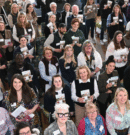The industry of corporate law needs both technical expertise and unwavering ethical commitment. According to the Solicitors Regulation Authority, the agency received close to 11,000 reports about solicitors and law firms they regulate in 2022/2023. This shows the frequency of ethical challenges in legal practice. For corporate lawyers going through this complex terrain, maintaining integrity is essential for sustainable client relationships and preserving the reputation of the legal profession itself.
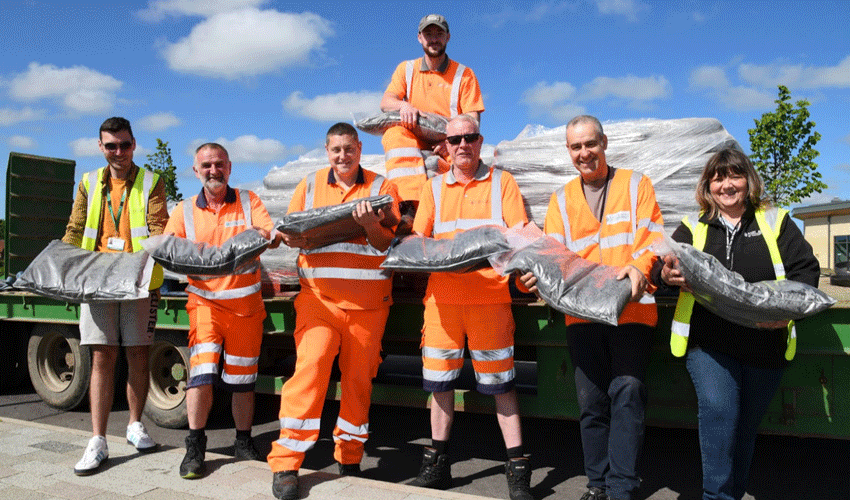
Free compost giveaways return in May
The ever-popular free compost giveaways for East Riding residents will return in May.
East Riding of Yorkshire Council’s waste and recycling team will once again be handing out 5,000 bags of compost – 60 tonnes – to local residents over the space of eight events, being held from May 3 to 17.
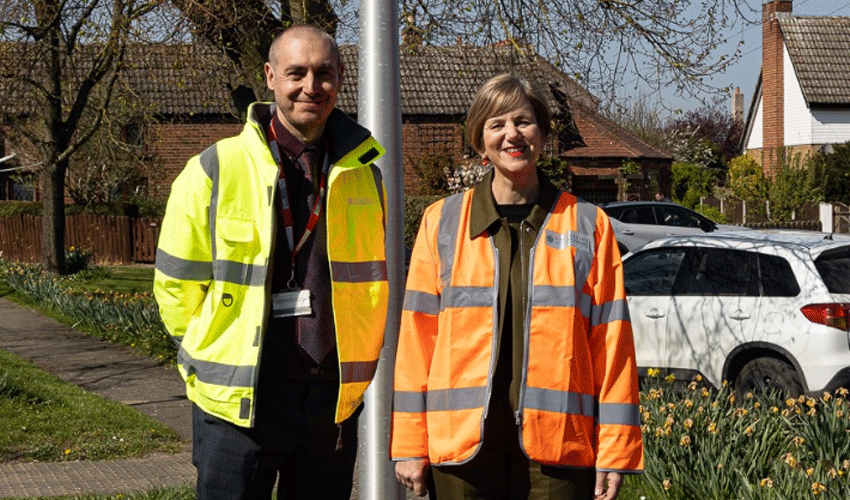
East Yorkshire street lights project aimed at cutting carbon praised by Transport minister
An East Riding project aimed at cutting carbon and saving energy in street lights on major roads has been praised in a visit by a transport minister.
Lillian Greenwood MP, Parliamentary Under-Secretary of State and Minister for the Future of Roads at the Department for Transport, visited the village of Hayton, near Pocklington, for a guided tour of one of the sites of East Riding of Yorkshire Council’s innovative street lights trial.
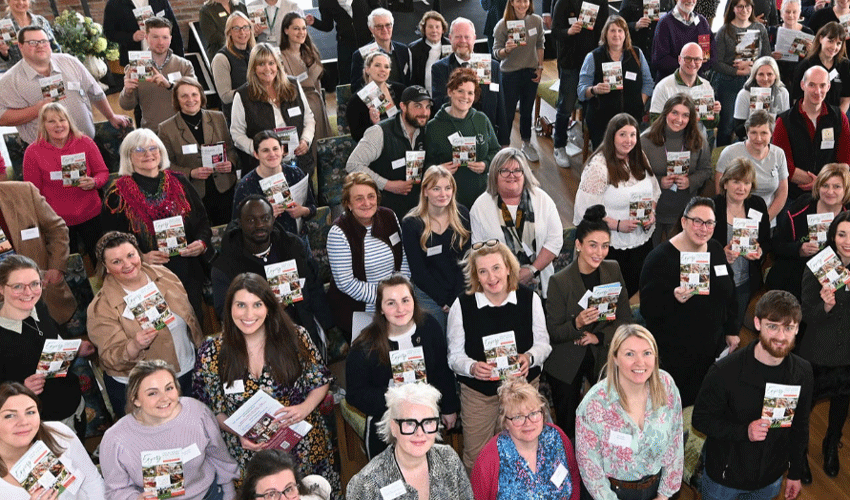
Rural businesses showcase food and tourism opportunities in East Yorkshire
East Yorkshire Local Food & Rural Tourism Network held a launch for the latest edition of the ‘Enjoy Local Food and Drink Guide’, alongside a variety of talks, at their recent Spring Event at The Manor Rooms on The Drewton Estate, South Cave.
The Network includes a variety of businesses across the East Riding, benefits from a business-led steering group and is facilitated by East Riding of Yorkshire council’s rural policy and partnerships team. This year’s event and guide were funded by the UK Shared Prosperity Fund.

Hospital porter team goes electric with innovative eCargo Bike
A new carbon-saving electric bike is being trialled by the porter team at Castle Hill Hospital thanks to a partnership with East Riding of Yorkshire Council.
The council’s sustainable transport team is continuing its award-winning collaboration with NHS Humber Health Partnership at the Castle Hill site in Cottingham.
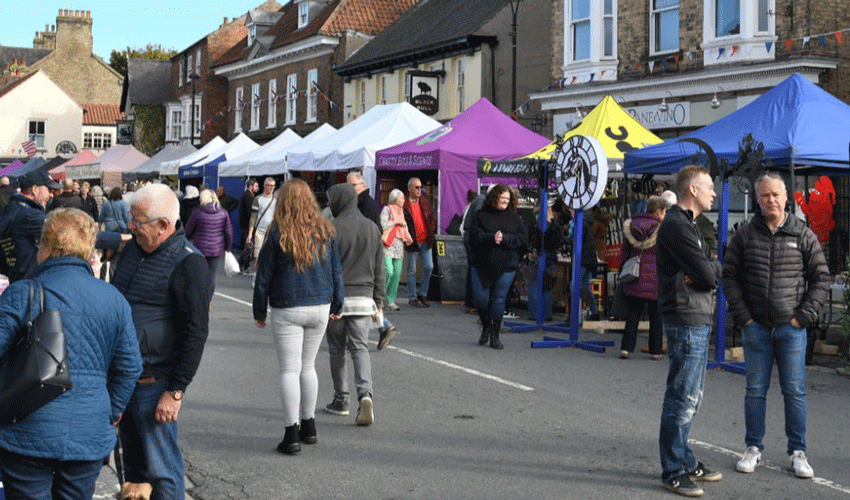
Pocklington to host food and drink festival this April
Pocklington town centre will host a bustling food and drink festival on Saturday 26 and Sunday 27 April.
Taking place in the heart of the town centre, join in the fun from 9am to 6pm on Saturday and 10am to 5pm on Sunday, where stalls will line Market Place, leading to a stage and seating areas in St Peter’s Square.

Outstanding Beverley nursery announces 50% increase in places thanks to transformative new building plans
Building work will be taking place at Fir Trees Nursery School in Beverley – which recently received an Ofsted ‘Outstanding’ rating – to increase nursery places and provide an enhanced offering to children aged 0 – 4 years in the East Riding.
Plans include conversion of an outdoor barn – which is currently used for outdoor activities – into a warm and welcoming indoor space. The main nursery building will also be reconfigured to create three, new open plan spaces, with a free flow pathway connecting them all.
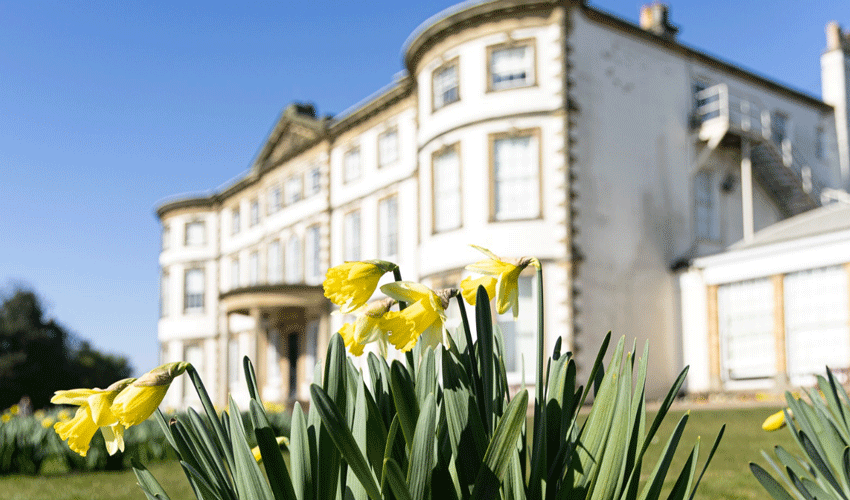
Easter Fun for all at Sewerby Hall and Gardens
Visitors are in for an egg-citing treat this Easter at Sewerby Hall and Gardens, with a fun filled line-up of family-friendly activities taking place throughout the school holidays.
From Monday 7 April to Sunday 20 April, visitors can enjoy an exciting mix of live entertainment, hands-on workshops, and interactive experiences in the setting of the historic Sewerby estate.

Pocklington Children’s Centre sessions to re-locate
Pocklington Children’s Centre sessions will be relocating from 1 June, as the existing building will be demolished as part of Woldgate School and Sixth Form College new build school.
East Riding of Yorkshire Council is engaging with families who attend the sessions about how these run in the future.

Smoking campaign brought to life in free city centre performances
A free theatre performance inspired by the new ‘Yes to Quit’ smoking campaign will be performed in Trinity Market and St Stephen’s on Friday April 11.
The campaign launched in Hull and other areas at the end of March, with TV, radio, transport and social media ads. It asks audiences ‘What will you miss?’ more than smoking, such as weddings, births and special time with loved ones. The question is a reality for many smokers, with two in three dying too soon of smoking-related conditions.

Further funding approved to increase electric bus rollout in Hull
Hull City Council and the region’s two main bus operators – East Yorkshire Buses and Stagecoach East Midlands – have welcomed the Department for Transport’s (DfT) announcement of additional funding for the rollout of electric buses in Hull.
The Government confirmed it has made £3,907,844 available to increase the scope of the region’s ZEBRA2 (zero emission bus regional areas) project and enable the purchase of 42 more electric buses for use in the city – bringing the total number of new electric buses that will soon be operating in the region to 82.

Scenic Journeys Every Day: East Yorkshire Buses Announces Return of Coaster Services for the 2025 Season
East Yorkshire Buses is delighted to announce the return of its popular Coaster services, 12 and 13, commencing daily operations from April 5, 2025. These services will provide convenient and scenic transportation between Bridlington, Filey, and Scarborough, running up to every 30 minutes!

Beverley Buyers Say Town Is The Friendliest Place They’ve Ever Lived
National homebuilder, Ashberry Homes has turned forever home dreams into reality for a well-travelled couple after they fell in love with one of their new build homes in Beverley.
Steve Wright and his husband, also named Steve (but known affectionately as ‘t’other Steve’) have been together for 17-years; during which time they’ve moved home several times; calling South London, Bridlington and Beverley home. But their moving days are now done and dusted after they found their forever home in a town they both call the friendliest place they’ve ever lived.
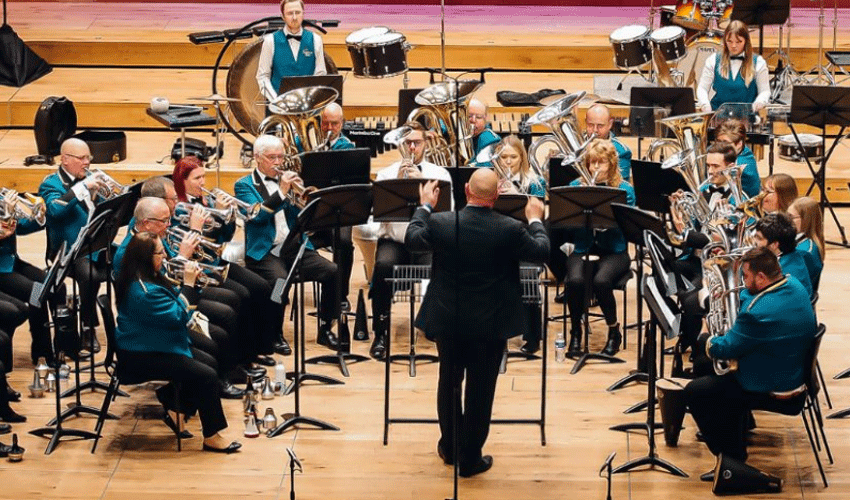
Touring Brass Band To Play Debut Beverley Show
Touring 28-piece band, Oddfellows Brass, is bringing its popular performance to Beverley’s Masonic Hall on Saturday 12 April.
The ticketed public concert, organised by local friendship group Humber Wolds Oddfellows, starts at 2.30pm.

Hull Says ‘Yes To Quit’ With New Smoking Campaign
Students at Malet Lambert Secondary School in Hull are marking the start of a new region-wide campaign to get more people to quit smoking for good across the city.
The ‘Yes to Quit’ campaign has been launched across TV, radio, transport links and social media throughout Yorkshire and the Humber.
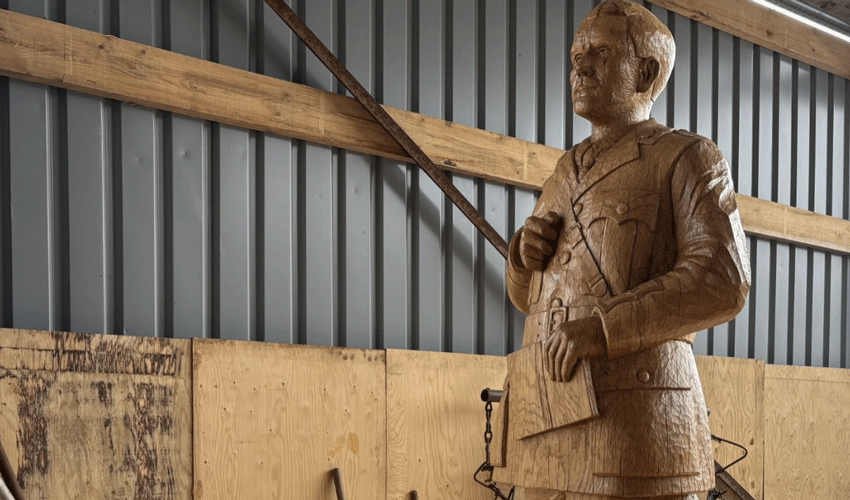
A Tolkien tale brought to life in East Yorkshire
East Yorkshire is set to enchant fans of J.R.R. Tolkien this spring when sculptures celebrating the area’s influence on the fantasy author’s early writing are unveiled to the public.
Recovering from Trench Fever during the first World War, Tolkien spent nearly 18 months in Hull and East Yorkshire and the region’s landscape is believed to have been the inspiration for some of his stories, including ‘The Hobbit’ and ‘The Lord of the Rings’.

Lights, Camera… Bellway In Beverley
The Yorkshire division of national homebuilder, Bellway Homes has produced a stunning video of its Bishop’s Gate development in Beverley, which not only showcases the homes being built in the town, but also brings to life some of its biggest and best attractions.
The two minute fly-by video takes in the Minster, markets, North Bar, racecourse, Coronation Garden, Beverley Westwood and much more; highlighting why the town really is the perfect place to call home.

Work continues on Bridlington affordable housing project
A new affordable housing project on Springfield Avenue in Bridlington is under construction.
East Riding of Yorkshire Council’s development includes thirty new council homes, 24 one-bedroom bed flats and six two-bedroom flats.



